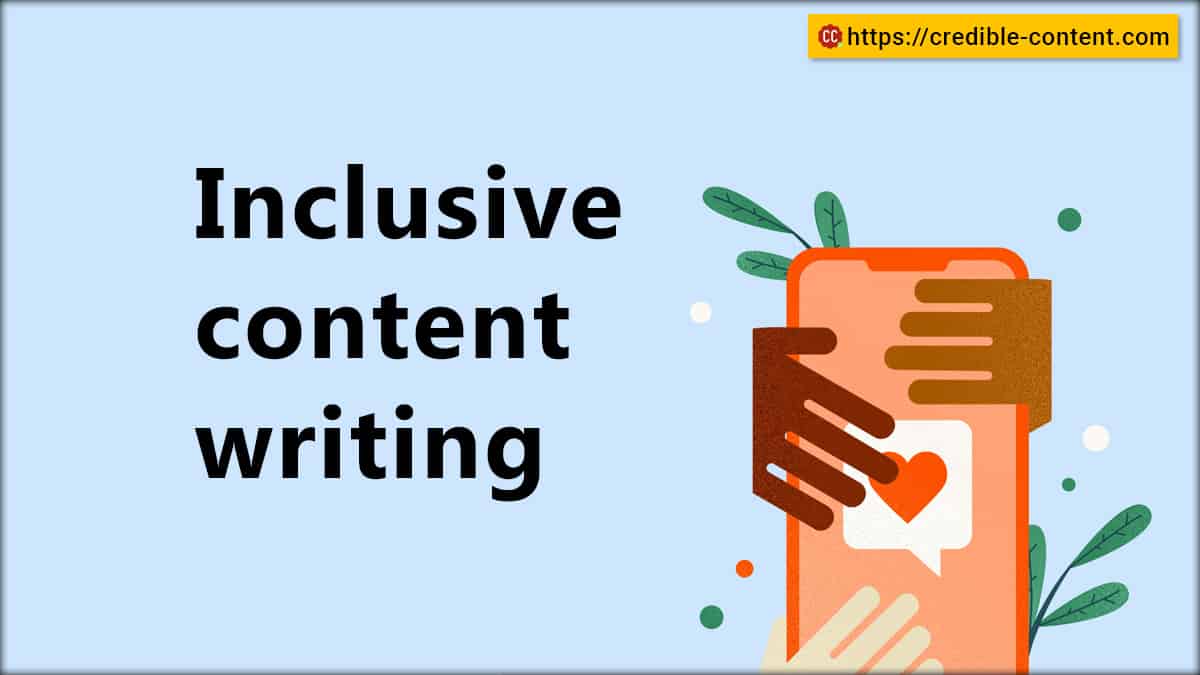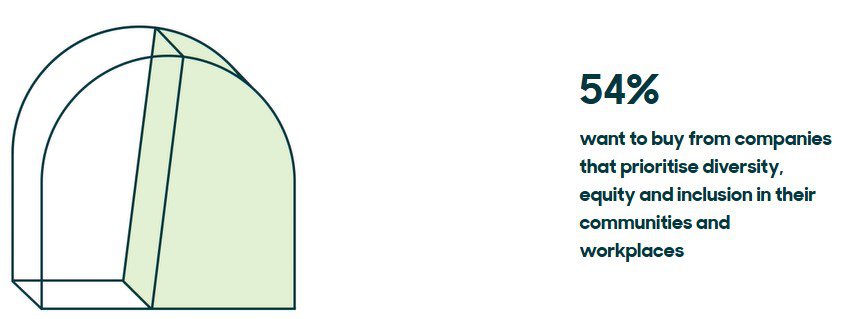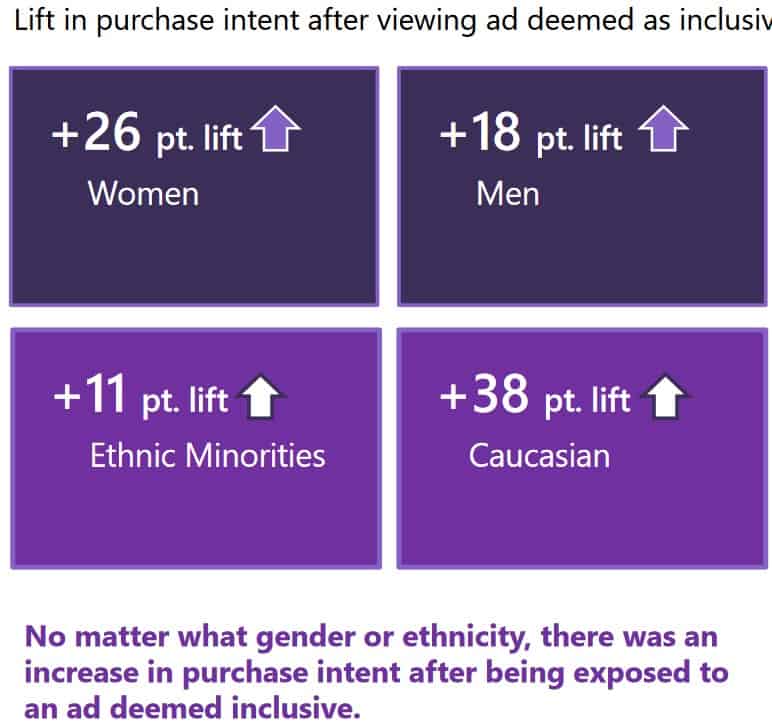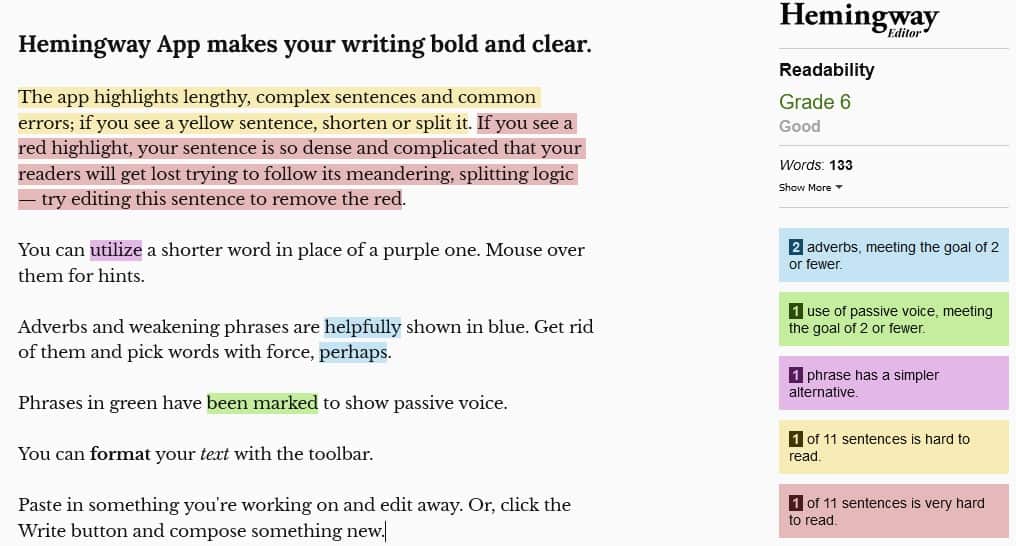What is inclusive content writing?
It means using a language that respects human diversity.
Inclusive content writing is sensitive towards
- People with disabilities.
- Members of the LGBTQ community.
- People of different ages.
- Minorities
- People of different socio-economic status.
- Different religious groups.
- Marginalised communities.
Main points covered in this blog post
- Why incorporate inclusion in your writing?
- What are the benefits of making your content writing inclusive?
- How to make your content writing inclusive?
You can use inclusive writing practices to write
- Email campaigns
- Blog posts
- Informational articles
- Social media posts
- Web pages
- Landing pages
- White papers
- Case studies
And every other material you use for business communications.
Here is a Conscious style guide that can help you make your writing more inclusive.
You may get customers and clients of different ages, colours, unconventional genders, ethnicities, language backgrounds, cultures and sexual orientations.
Inclusion also means being sensitive towards diverse physical abilities, mental abilities, and regional and socio-economic backgrounds.
Through your writing you can make sure that no one feels excluded.
Yes, I can understand that suddenly handling so much diversity may seem intimidating, but it doesn’t have to be.
You can also view this inclusive writing guideline from the University of Idaho that explains good writing for the following categories:
- Abilities/disabilities
- Gender and sexual identity
- The race, ethnicity, national identity, and religion
- Indigenous people
Why incorporate inclusion in your content writing?
It is the right thing to do.
We live in a multidimensional world.
Fortunately, these days we also live in a world that is much more accepting than it was even 15 years ago.
People should be able to live the way they want to live (as long as they are not harming someone by their actions and tendencies).
They shouldn’t feel excluded.
They shouldn’t be marginalised just because they have different physical abilities, or they come from a different background or race.
When they read your content, they shouldn’t feel that their beliefs are being questioned or stereotypes against them are being reaffirmed.
Hence, it is your social and ethical responsibility to incorporate inclusion in your content writing.
It is not that you don’t want to make your writing inclusive.
In many cases exclusion is not a conscious decision.
There is a concept called “implicit bias” that refers to “the attitudes or stereotypes that affect our understanding, actions, and decisions in an unconscious manner.”
The above link says that you can act on the basis of prejudice and stereotypes even without intending to do so.
We store all our biases and stereotypes in the subconscious.
It is in our subconscious where 98% of our thinking happens.
Our subconscious helps us take automatic decisions.
What are the benefits of making your content writing inclusive?
Inclusive content writing helps you portray your brand as a forward-thinking entity.
It improves your relationship with your customers and clients.
It appeals to a broader audience.
Happier customers main more sales.
According to a Zendesk study, 54% respondents said that they prefer to do business with companies that prioritize diversity and inclusion.
A Microsoft Advertising research found that 64% people are more trusting of brands that represent diversity in their ads.
69% admitted that brands that represent diversity seem more authentic.
People with diverse backgrounds have immense buying power these days.
Irrespective of ethnicities, sexual orientations and physical and mental abilities, billions of people are doing online shopping.
We live in a globally connected world.
People in different parts of the world can easily, individually, talk about your business.
They can form opinions.
They can demolish reputations.
They can be unimaginatively loyal.
By making your content writing inclusive to become a part of a global community.
You don’t want to miss out on this massive opportunity just because you’re not careful about your language.
With just a single expression you can alienate a big chunk of your market.
Once people move away from business, especially due to a negative experience, it is very difficult to bring them back.
How to make your content writing inclusive?
This is how Salesforce defines inclusive marketing (and inclusive content):
We define inclusive marketing as creating content that truly reflects the diverse communities that our companies serve. It means that we are elevating diverse voices and role models, decreasing cultural bias, and leading positive social change through thoughtful and respectful content.
What is inclusive language?
According to Wikipedia, inclusive language encourages you to avoid expressions that can be deemed as sexist, racist, prejudiced, biased, or denigrating to a particular ethnicity or a group of people.
Here is how Hubspot defines inclusive language:
Inclusive language is the words and phrases you use that avoid biases, slang, and expressions that discriminate against groups of people based on race, gender, socio-economic status, and ability.
It is advised that you don’t identify someone’s race, gender, orientation, ethnicity, or disability status unless it is specifically needed to make a point.
Step-by-step guide to making your content writing inclusive.
Make your writing gender neutral
Unless you are specifically talking about a male or a female, avoid expressions that exclusively cater to a particular gender.
Instead of “chairman”, use “chairperson”.
Instead of “mankind”, use “humans”.
Instead of he or she, you can use they.
The world is fast becoming inclusive.
People used terms like “policeman”, “fireman” or “businessman” because these were, once upon a time, exclusive domains of men.
Now people of varying genders are in all professions.
You can’t possibly include every gender in your writing expressions, so it better be gender neutral.
Stop using ableist vocabulary
In your writing, avoid using expressions like “crazy”, “crippled”, “lame”, “dumb” and “stupid” (just a few examples).
Knowingly or unknowingly, such words can be used to stigmatize, dehumanize, and institutionalise people with physical and mental disabilities, according to Harvard Business Review.
Make your writing accessible
Accessible writing has two meanings:
- Text readers should be easily able to read what you have written.
- People of varying reading abilities should be able to understand what you are writing.
How do you achieve that?
- Write short sentences.
- Use professional but simple words.
- Avoid industry jargon.
- Avoid using abbreviations that are difficult to interpret.
- Use bullet points to break down important pieces of information.
- Writing in active voice.
- Cut out unwanted information.
- Keep your paragraphs short.
- Use lots of subheadings to make it easier to skim through your content.
If you want you can use an app like Hemingway.
It analyzes your writing and tells you if your sentences are too difficult or too long.
It highlights complex sentences.
It uses color coding to highlight portions that are difficult to read, using too many adjectives and adverbs, using passive voice, and may have simpler alternative words that sound better.
It makes suggestions so that you can keep your readability around Grade 6, which is easier to understand and yet, not oversimplistic.
Design a style guide
If you work with multiple content writers, it can become a hassle to pay for every writer regarding inclusive writing.
Instead, you can design a downloadable style guide containing step-by-step instructions on how to incorporate inclusion when writing.
Here is an inclusive writing style guide from Google.
At many places it is also called “diversity style guide”.
Inclusive content writing is more than being politically correct.
It shows you respect individual differences.
You show respectability towards cultures, gender orientation, ethnicity, and regions.
It shows your commitment to socially conscious practices.
By putting in an effort to make your writing inclusive, you show your willingness to include the greatest number of people when you communicate.




